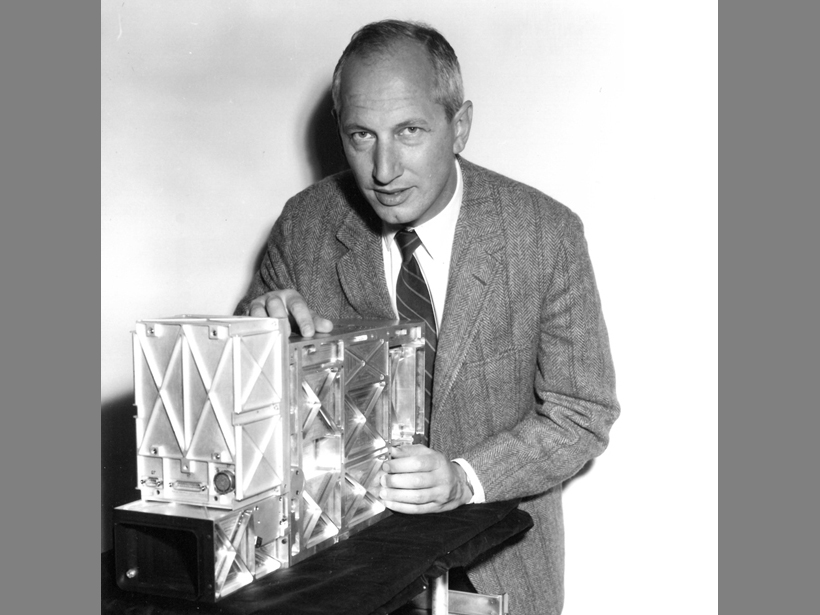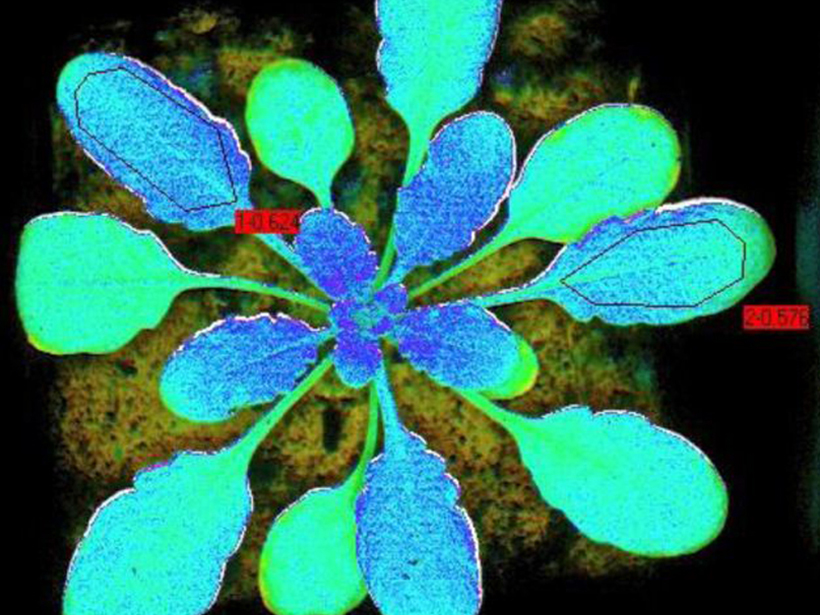The rover's neutron spectroscopy instrument hints at an unexpected trend: The upper soil levels in the layers of Gale Crater's Kimberley formation seem to hold more water-associated hydrogen.
spectroscopy
Posted inResearch Spotlights
Demystifying Mercury "Hollows"
Spectral data from NASA's MESSENGER spacecraft indicate that the properties of the depressions on Mercury's surface can vary within a single crater and that these differences may correlate to age.
Posted inNews
Charles A. Barth, 1930–2014
Long-time director of the Laboratory for Atmospheric and Space Physics conducted pioneering studies of the atmospheres of Earth and other planets using ultraviolet spectroscopy.
Posted inResearch Spotlights
How Powerful Is Jupiter's Aurora?
Scientists have mapped Jupiter's spectacular aurora in unprecedented detail with the Hubble Space Telescope.
Posted inResearch Spotlights
Airborne Sensor Can Track Photosynthesis Efficiency
Remote estimation of fluorescence emitted by plants can indicate variations in photosynthesis performance.





